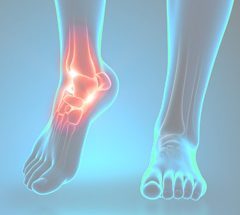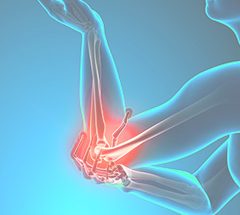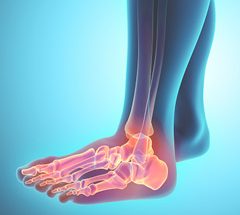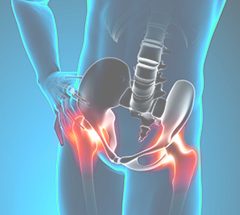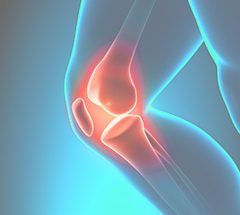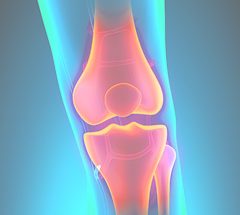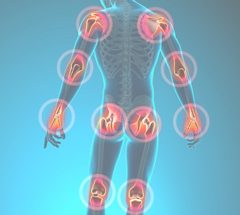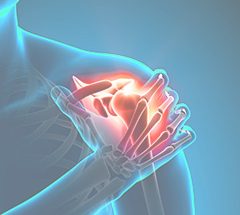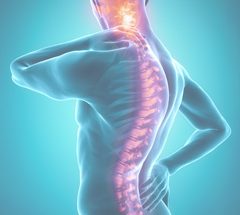Spinal Stenosis of the Neck and Arm
Spinal stenosis can typically be treated with non-surgical or minimally invasive surgical techniques.
The word “stenosis” comes from a Greek word meaning “narrowing.” Stenosis in the spine refers to abnormal narrowing where nerves live, such as the spinal canal (the main opening in the spine containing the spinal cord and nerves) and foramen (the window where the nerves exit). When stenosis occurs in the neck, it can lead to compression of nerves causing pain, weakness, numbness and tingling.
What causes spinal stenosis?
You can develop spinal stenosis in many different ways. If the narrowing is present at birth, it is called congenital spinal stenosis. If the stenosis occurred later in life it is called acquired spinal stenosis.
One of the most common reasons you can develop acquired spinal stenosis is due to changes related to normal, age-related degeneration of your spine.
If the degenerative parts of the spine push against your nerves, you can experience severe pain down your arms. This is often called radiculopathy. If the degenerative parts of the spine push on your spinal cord, you can experience severe pain and/or weakness down your arms and legs. This is often called myelopathy.
Signs and symptoms of spinal stenosis
In addition to pain, pressure on nerves from spinal stenosis can also cause numbness, tingling, burning, and weakness in your arm.
Severe stenosis of the central spinal canal can compress your spinal cord leading to balance difficulties, problems using your hands, and even paralysis of your arms and legs. If you experience bowel or bladder problems and have progressively worsening weakness in your arms or legs, you should seek medical attention immediately.
Diagnosis
An orthopedic physician will suspect spinal stenosis when a patient complains of pain radiating from the neck down to the arms. Patients will also commonly complain of numbness, tingling and burning down their arm. They may also have muscle weakness. If the narrowing involves the spinal cord, symptoms can radiate to the legs as well.
After a detailed examination, the diagnosis can be initially evaluated with plain X-rays and confirmed with an MRI or CT of the lumbar spine.
Treatment
Most patients with spinal stenosis can initially be treated conservatively with pain management, physical therapy, and activity modification. For patients with more severe or persistent symptoms, they may benefit from an epidural spinal injection. Patients with very severe symptoms who do not achieve long-lasting relief from injections may be candidates for surgery.
One of the most common surgical procedures we use to address spinal stenosis is called a minimally invasive decompression (laminoforaminotomy) and is performed through a half-inch incision through the back of the neck. Patients are able to go home the same day as the procedure.
The other time-tested surgical approach involves going through the front of the neck and includes taking the pressure off of the neural elements and fusing the vertebrae to stabilize the spine (anterior cervical decompression and fusion, or ACDF). Your surgeon can go over the advantages and disadvantages of each of these surgical options with you.





